To provide a good experience, we use technologies such as cookies to store and/or access device information. By consenting to these technologies, we may process data such as browsing behaviour or unique IDs on this website. If you do not consent, or if you withdraw your consent, certain features may be negatively affected.
This type of storage or access is essential to make the website work properly—for example, to provide a service you’ve requested or to enable communication over the internet.
Den tekniska lagringen eller åtkomsten är nödvändig för det legitima syftet att lagra inställningar som inte efterfrågas av abonnenten eller användaren.
Den tekniska lagringen eller åtkomsten som används uteslutande för statistiska ändamål.
This type of storage or access is used solely for anonymous statistical purposes. Without a subpoena, voluntary compliance by your internet service provider, or additional records from a third party, the information stored or retrieved for this purpose alone usually cannot be used to identify you.
This type of storage or access is required to create user profiles for sending advertising, or to track the user across one or more websites for similar marketing purposes.
